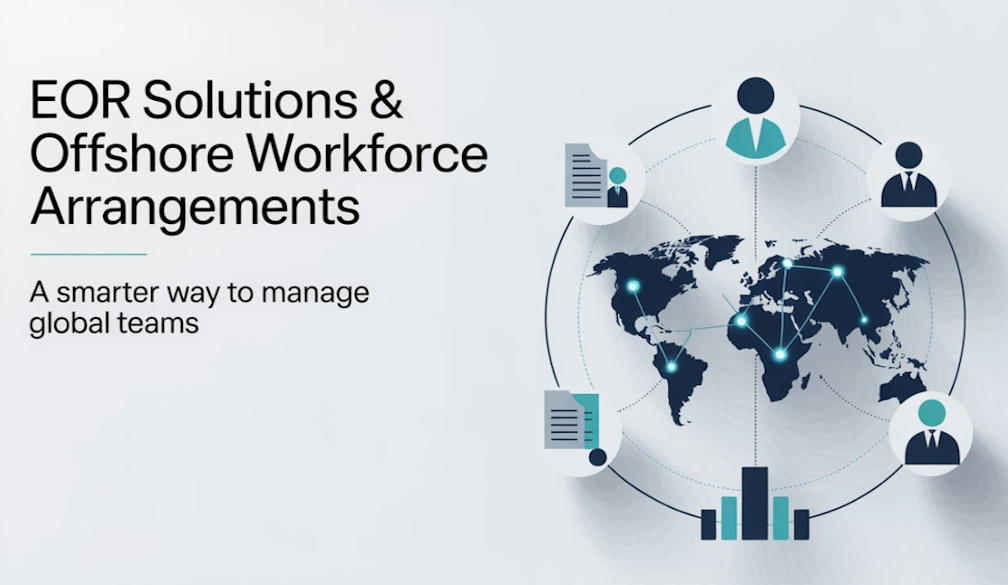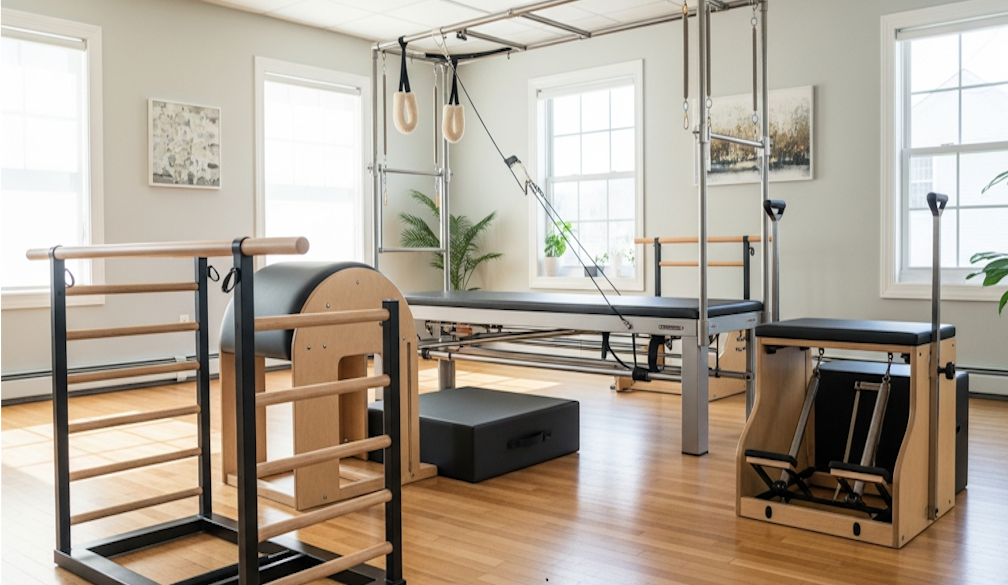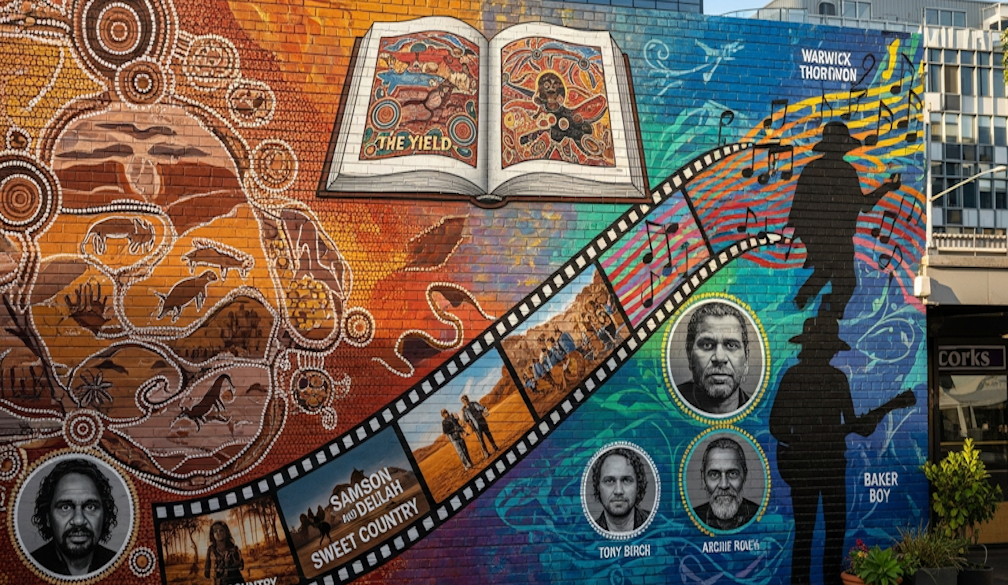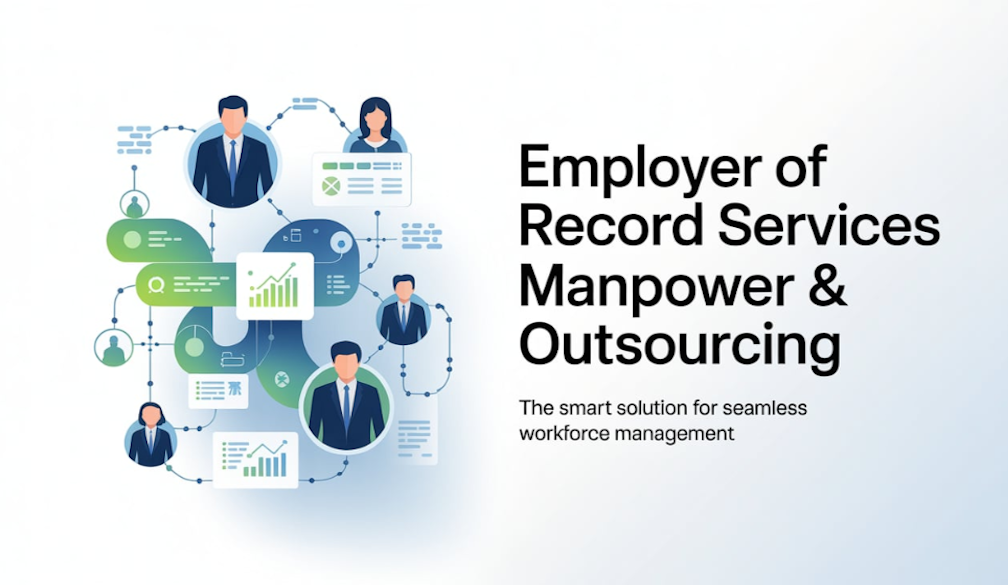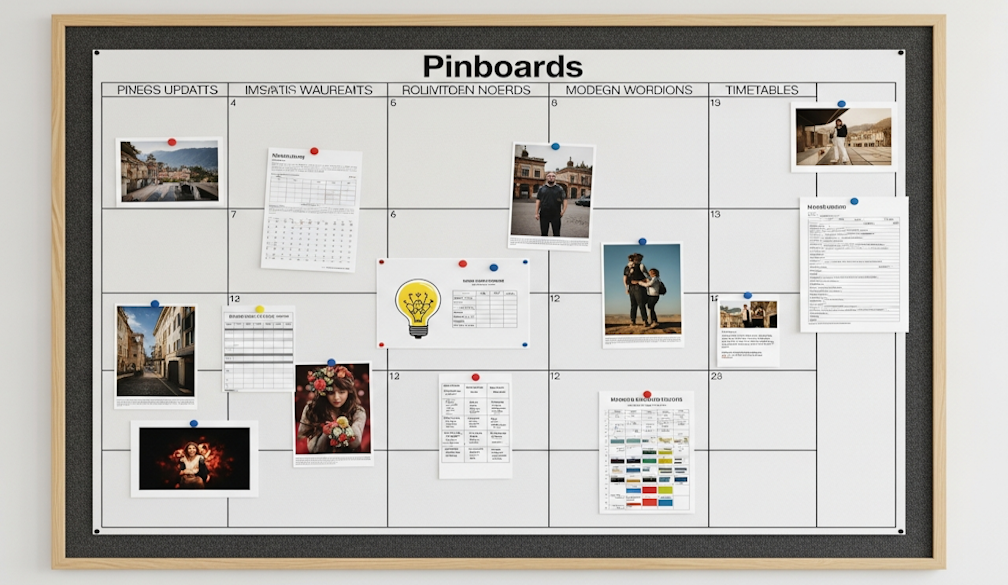Why Every Mining Operation Needs a Robust Safety Management System

Mining is one of the backbones of the Australian economy, particularly in Western Australia. Back in 2019-20, mining contributed 10.4% of Australia’s GDP, and this, of course, cemented its position as the biggest contributor to the economy. But even despite these impressive figures, mining is still one of the toughest and most dangerous jobs out there.
By the end of 2023, more than 219,000 Australians were working in mining. These workers face physically demanding tasks every day, often in risky environments. Safe Work Australia reports that mining ranks third for the highest fatality rates among industries, with around nine workers tragically losing their lives each year.
Understanding the Unique Hazards in Mining
Mining workplaces are very different from most other jobs. The dangers here in this field are complex, and sometimes they can be life-threatening if not handled carefully.
A lot of mining takes place underground where space is tight and conditions are harsh. Workers who work in these conditions usually have to deal with heavy machinery, explosives, and dangerous gases.
Some of the biggest risks they face include:
- Exposure to toxic gases like methane, carbon monoxide, and hydrogen sulphideThese gases have no smell, and without special tools, they can't be detected. The risks are higher in underground or in spots where air doesn’t circulate well.
- Dust exposure (especially silica dust usually created during drilling and blasting). This dust is tiny and can get deep into the lungs. Dust exposure and consumption are bound to cause some form of serious health problems over time.
- Heavy machinery accidents, such as getting caught in moving parts, vehicle crashes, or falling injuries.
- Fatigue, which comes from long hours and tough working conditions. When workers are tired, mistakes are more likely.
- The physical toll of mining work which includes muscle and joint injuries, heat stress, hearing loss, and lung diseases from breathing in dust or gases.
Because of these risks, mining cannot rely on simple safety rules or occasional checks. The environment constantly changes as excavation advances and new equipment is introduced (thereby creating new hazards).
Why a Mine Safety Management System Is Non-Negotiable
Being a dynamic risk landscape, the mining industry demands a systematic, comprehensive approach to safety that can adapt quickly. This is exactly what a mine safety management system provides.
When you’re working in such a hazardous environment, having a safety system is a legal, ethical, and practical necessity. A mine safety management system is, in fact, a comprehensive framework that ensures safety is a culture embedded in every part of the operation.
From identifying risks before they cause harm to ensuring every worker is trained and prepared, a mine safety system brings structure, accountability, and continual improvement.
It directly supports legal compliance, enhances worker well-being, and protects the continuity of your operation.
Ways In Which a Mine Safety Management System Helps Mitigate Risks
Here are some of the offerings of an MMSM that make them crucial to every mining facility:
Legal compliance
In Australia, mine safety isn’t left to chance. Regulatory bodies such as Safe Work Australia and the Department of Mines, Industry Regulation and Safety (DMIRS) in WA set out clear laws that govern every aspect of mining safety.
This includes everything from gas detection (under standards like AS/NZS 2290.3:2018) to workplace competency, emergency preparedness, and risk management protocols.
These laws are enforced with rigour. Failure to comply can result in hefty fines, shutdowns, and even criminal charges. A mine safety management system ensures you're not just compliant on paper but genuinely meeting the standards in practice.
It helps align your site operations with legislative obligations and ensures everyone, from site managers to entry-level workers, understands and follows safety rules.
Protecting the people who power the mine
Mining companies rely on a skilled and resilient workforce. But workers can’t perform their jobs properly or return home safely without proper systems in place.
With a well-established safety management system, health monitoring becomes a routine. Workers get to undergo regular medical checks that can detect early signs of problems like silicosis or fatigue. Environmental monitoring tools (e.g. air quality sensors or gas detection equipment) also help identify risks before they impact health.
Just as importantly, workers are trained not just once, but continually. Competency checks and skills refreshers make sure they’re always up to speed on new equipment, processes, and emergency protocols. These steps ensure that safety isn’t left to chance at all.
Avoiding disruptions and downtime
When safety isn’t managed properly, the consequences ripple through the business. Injuries and incidents don’t just affect people; they also disrupt the entire operation. One serious accident can abruptly stop production, trigger investigations, and lead to costly fines or legal claims.
On the flip side, a robust mine safety management system builds operational resilience. It reduces the likelihood of incidents, enhances preparedness, and allows for smoother responses when issues do arise. With this system in place, you can make sure that your operation keeps going, even when unexpected situations emerge.
Emergency response
Your mine safety management system must have clear, practised protocols for what to do in case of fire, collapse, gas leak, or equipment failure. Every system should include defined roles, reliable communication systems, and access to first aid or rescue tools.
If there are frequent drills, scenario planning, and refresher training, it could help ensure that everyone knows what to do and does it without hesitation whenever an emergency breaks out.
Final Thoughts
At the end of the day, implementing a mine safety management system is a commitment to your workers, your community, your business, and your future. In an industry where the stakes are high, safety isn’t optional at all.
And with the right systems in place, the mining industry in Australia can continue to lead, not just in economic performance, but in setting a world standard for safety and care.





